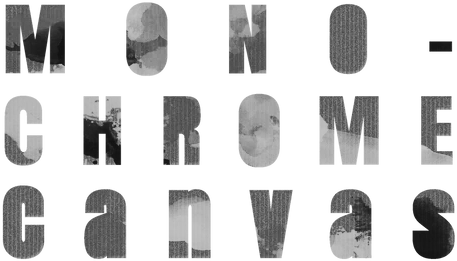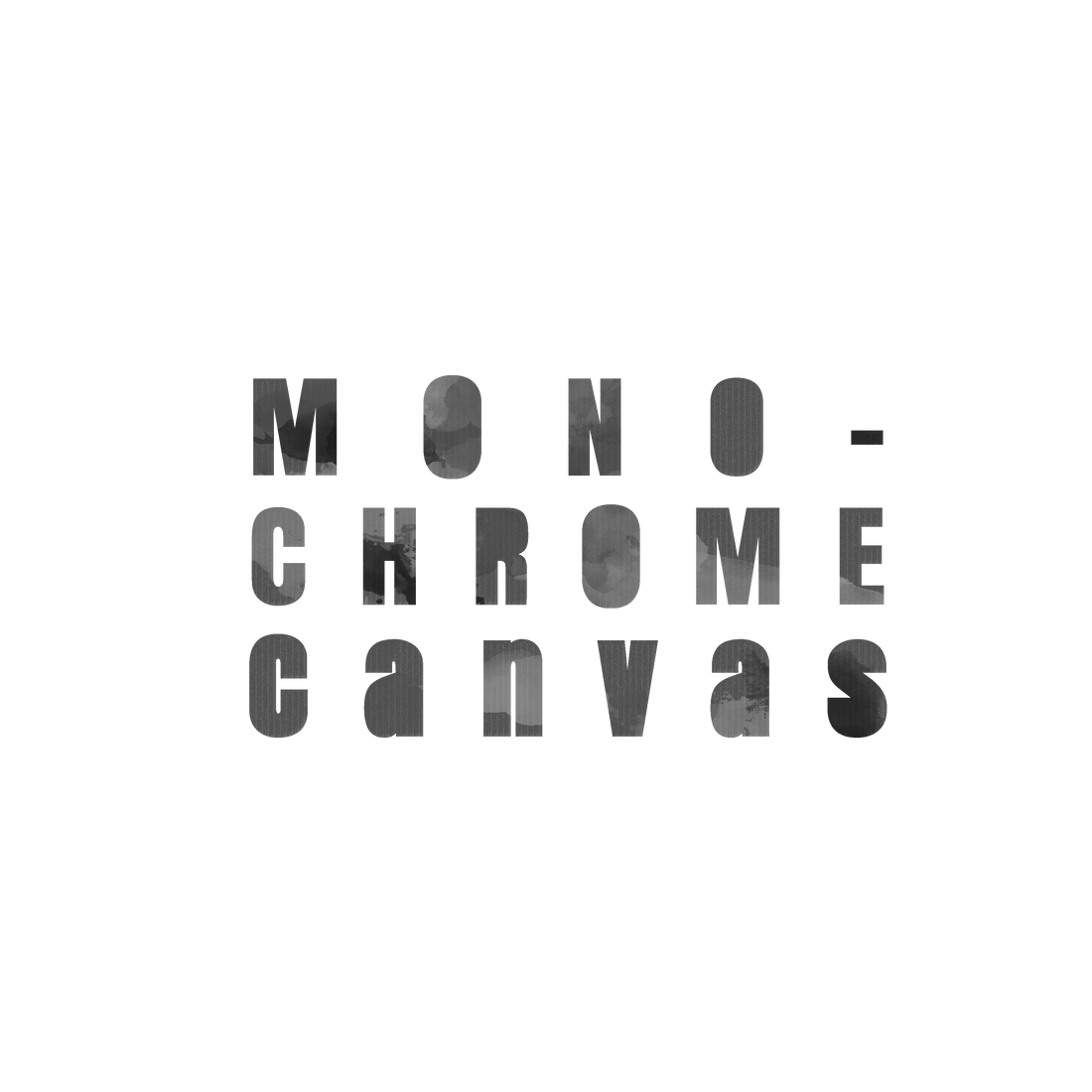Giclée printing is a high-quality printing method that provides many benefits for artists, photographers, creatives and historians. By using high-resolution digital files and archival-quality paper or canvas, giclée prints can accurately reproduce original artwork or photographs, creating a faithful reproduction with excellent color accuracy and detail. Giclée printing can also be used to preserve historic images and printed documents, extending their life and allowing for wider distribution and accessibility. As an archival printing method, giclée prints are resistant to fading and yellowing, ensuring that the artwork or photograph can be enjoyed for many years to come.
Benefits of Giclée Printing
One of the most significant benefits of giclée printing is its ability to produce prints that closely resemble original artwork. Traditional printing methods are often limited to a CMYK color profile, while giclée printing has the ability to print in a wide range of colors. This provides artists with more creative freedom and allows for greater color accuracy, vibrancy, and depth in the final print. Giclée printing can also reproduce fine details such as brushstrokes and textures, making the prints look more like the original artwork.
Giclée prints are typically printed on high-quality archival paper or canvas, which ensures the print will last for decades without fading or yellowing. It's essential to note, however, that some big-box printing locations advertise giclée printers but don’t necessarily maintain the machines with archival ink or supply archival paper. So, it's crucial to ensure the print company you’re working with uses certified inks and high-quality papers.
Giclée printing is a digital process that allows for greater control over color accuracy and consistency, making it the preferred method for reproducing fine art prints and image preservation. This is because giclée printing is a digital process that uses specialized software to control the inkjet printer, allowing for greater accuracy and consistency in color reproduction. The result is prints that more closely resemble the original artwork or photograph and have a higher level of detail and clarity.
In addition to its quality and accuracy, giclée printing is also more environmentally friendly than other printing methods, as it uses less ink and produces less waste. It can also be cost-effective for small print runs or printing on demand, making it a popular choice for artists who want to sell prints of their work.
Limitations of Giclée Printing
While giclée printing has many benefits, it also has some limitations. For example, giclée printing cannot reproduce tactile surface texture or metallics. However, these can be added with hand-embellishments like gold leaf or textured paint, making each print unique and adding value. Double-sided printing is also not possible with giclée printing, and it may not be the most suitable or economical option for larger quantity print runs.
Printing with Monochrome Canvas
At our company, we ensure that your prints are of the highest quality and meet your specific needs. We also offer drop shipping, free branding placement and discounts to local artists, as well as a quick turnaround on orders with delivery and pick-up options. We are also able to special order papers and add them to our growing inventory to provide you with more options for your prints.
Sustainability is a top priority for us, and we work hard to reduce waste and promote sustainable practices in all aspects of our business. We partner with local companies to repurpose canvas scraps and support organizations that help uplift the artist community. Our local technicians are also on hand to provide prompt assistance and support for any printer service or maintenance needs, ensuring timely production and delivery of your prints.
Fun Facts
• Giclée printing offers a greater range of colors than traditional printing methods by using up to 12 pigment-based inks, compared to standard printers that typically use only six dye-based inks. The use of pigment-based inks ensures that the prints are more true-to-life and faithful to the original work, resulting in reproductions with greater color accuracy and depth.
• The term “giclée” comes from the French word “gicler,” which means “to spray.” This refers to the process of using a high-quality inkjet printer to produce the prints, which involves spraying microscopic droplets of ink onto the paper.
• According to a report by Art Basel and UBS, the global art market reached a total value of $64.1 billion in 2019, with the online art market growing by 9.8% to reach $6 billion. As more people buy art online, the demand for high-quality giclée prints is likely to continue to rise.
• In 2018, a giclée print of Jean-Michel Basquiat's painting "Warrior” sold for $576,000 at auction, well above its estimated value of $180,000. This demonstrates the high resale value that giclée prints can have, especially when they are reproductions of famous works of art.
• According to a report by the Fine Art Trade Guild, the giclée printing process is now the most widely used method for producing limited edition prints, accounting for over 70% of all print sales in the UK.
• In 2020, an artist named Beeple sold a digital artwork as a NFT (non-fungible token) for a record-breaking $69 million. This demonstrates the growing interest in digital art, and the potential for giclée prints of digital art to become more valuable as the market for digital art grows.
• According to a report by the Fine Art Trade Guild, the giclée printing process has become the preferred method of producing high-quality art prints, with over 90% of fine art printmakers now using this technique.
• In 2011, a giclée print of the painting “Untitled #96” by abstract artist Cy Twombly sold for $5.2 million at auction, setting a record for the sale of a print at the time.
• Giclée prints are a popular choice for museums and galleries to exhibit fine art, with many institutions investing in their own large-scale printers for this purpose.
• The market for hand-embellished giclée prints has been growing in recent years, with collectors and art buyers seeking out one-of-a-kind pieces that combine the best of both digital and traditional art forms.
• According to a report by the National Endowment for the Arts, the percentage of Americans who visit art museums has been steadily increasing over the past decade, with nearly 30% of adults reporting that they visited an art museum or gallery in the past year. This suggests that there is a growing interest in art and culture, and a potential market for giclée prints of fine art.

